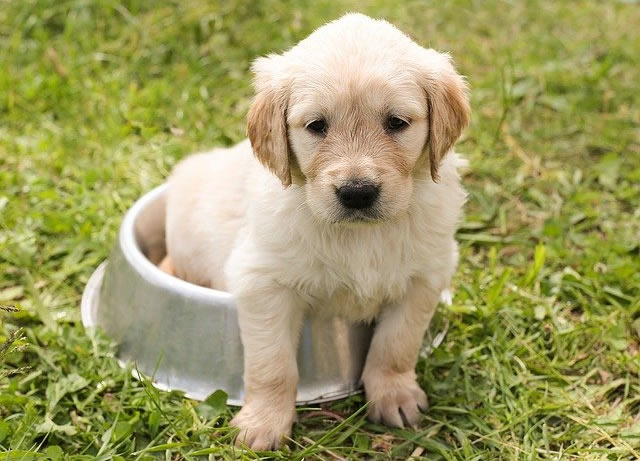先日から「The hidden reason processed pet foods are so addictive -「ペットフードにやみつきになる隠れた理由」を読んでいます。

・「ペットフードにやみつきになる隠れた理由」(1)
・「ペットフードにやみつきになる隠れた理由」(2)
・「ペットフードにやみつきになる隠れた理由」(3)
・「ペットフードにやみつきになる隠れた理由」(4)
・「ペットフードにやみつきになる隠れた理由」(5)
・「ペットフードにやみつきになる隠れた理由」(6)
・「ペットフードにやみつきになる隠れた理由」(7)
・「ペットフードにやみつきになる隠れた理由」(8)
・「ペットフードにやみつきになる隠れた理由」(9)
・「ペットフードにやみつきになる隠れた理由」(10)
・「ペットフードにやみつきになる隠れた理由」(11)
・「ペットフードにやみつきになる隠れた理由」(12)
On the other hand, because vegan animals eat exclusively vegetable matter, which is often rich in fibre and carbohydrates, they tend to prefer sweeter pet food.
一方、草食動物たちは、食物繊維や炭水化物が豊富な植物性食品しか食べないため、甘いペットフードを好む傾向にある。
Finally, no list of palatants would be complete without pyrophosphate, described in Popular Science as “cat crack”.
そして最後に、ポピュラーサイエンス誌で「猫の麻薬」と表されたピロリン酸を抜きにして食味剤のリストは完成しない。
pyrophosphate「ピロリン酸、二リン酸」。
This common additive performs a number of roles in human food, such as preventing potato products from going dark after they’re cooked – none of which involve improving its taste.
この一般的な添加物は、調理後のポテト製品の黒ずみ防止など、人間の食品で様々な役割を果たしているが、味の向上には関係ない。
Nevertheless, cats go nuts for it, possibly because it intensifies the flavour of amino acids.
ところが猫はアミノ酸の風味が強まるせいなのか、これを好んで食べるのだ。
Pet food companies are now so successful at making food delicious that they’re increasingly encountering a dilemma – it’s almost too good.
ペットフードメーカーは現在「美味しさ」の追求が上手くいきすぎて、「美味しすぎ」というジレンマに陥っている。
“The danger for cats and dogs today is the same as for people, it’s overconsumption,” says Andrew Knight, a professor of animal welfare and ethics at the University of Winchester.
「今日の犬猫にとっての危険は人間と同じで、食べ過ぎる事です」と語るのは、ウィンチェスター大学の動物福祉・倫理学の教授、アンドリュー・ナイト氏。
overconsumption「過剰消費・摂取」。
Pet obesity is a growing problem in the developed world,
ペットの肥満は先進国では深刻な問題となっており、
with one survey of veterinary professionals at a vet show in London suggesting that around 51% of dogs, 44% of cats and 29% of small mammals are now overweight or obese.
ロンドンの獣医学会で行われた調査では、犬の約51%、猫の約44%、小型哺乳類の約29%が体重過多、または肥満であることが示された。
obese「でっぷり肥えた、太りすぎの、肥満した」。
確かに栄養の配合率や味の改良がドンドン進んで、ペットの食事情はかなり向上している気がします。
それに個々の体質もあるのか、うちではそれぞれ適量のフードを体重から計算してあげているのに、年長の方は標準的な体型、年若い方はまあまあポッテリしています。
年若い方は、恐らく生後一年弱をノラ生活で過ごしており、その間に内臓の栄養吸収率が鍛えられた(少ないエサをきっちり消化する)のかな?と。
年長の方は子猫時代にすぐ家猫になったので、本当にひもじい期間はごくわずかだったと思われ、飢餓をほとんど経験せずに成長した感じ。
本当のところは分かりませんが、同じ食生活でもかなり体型に違いがあるので、不思議だなあと思っています。
理由は単純明快!「少ないコストでしっかり楽しく学べるから」。
私自身の経験(高機能でビックリ)をびっしり書いていますので、良かったら読んでみてください。
下のバナーからどうぞ!






